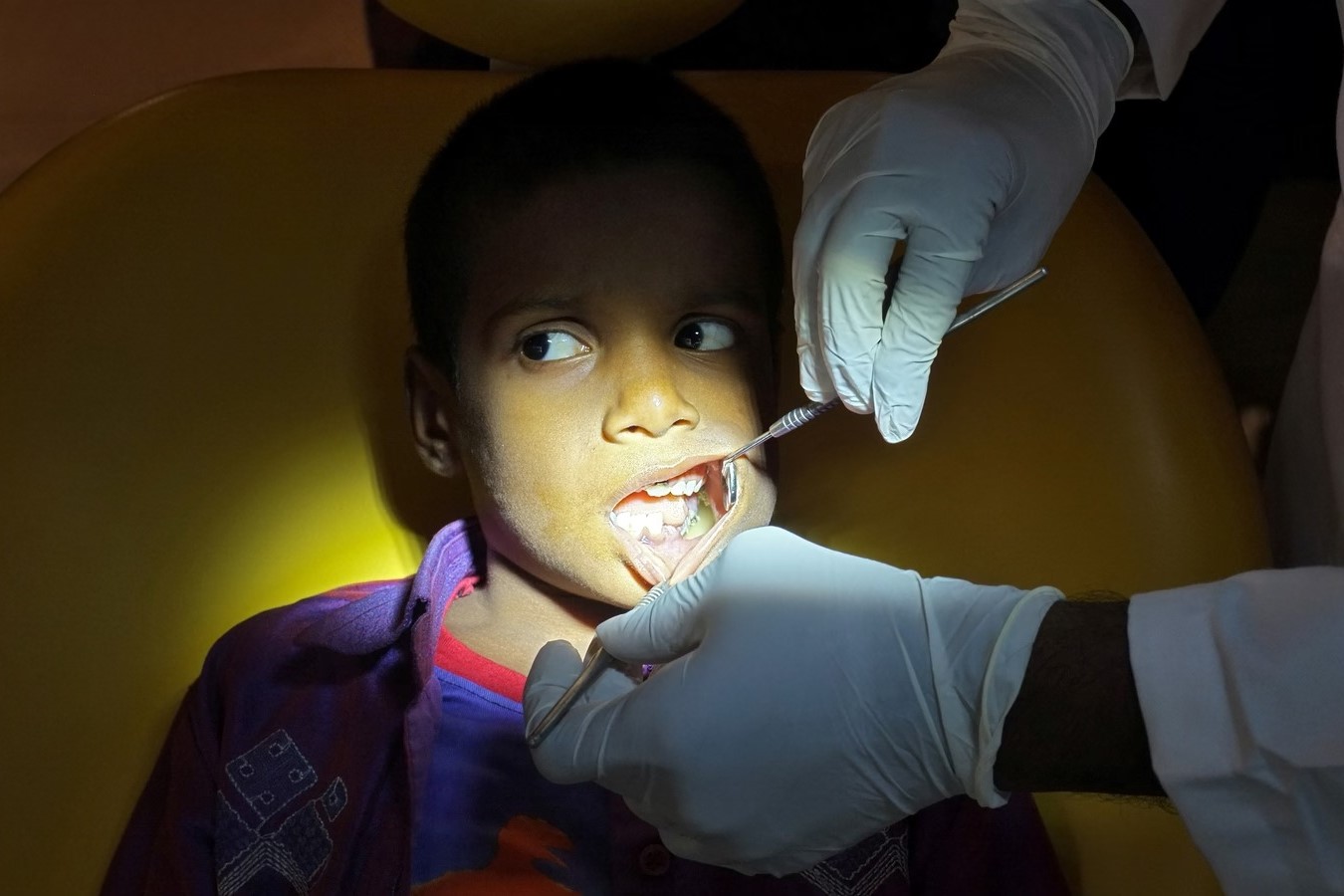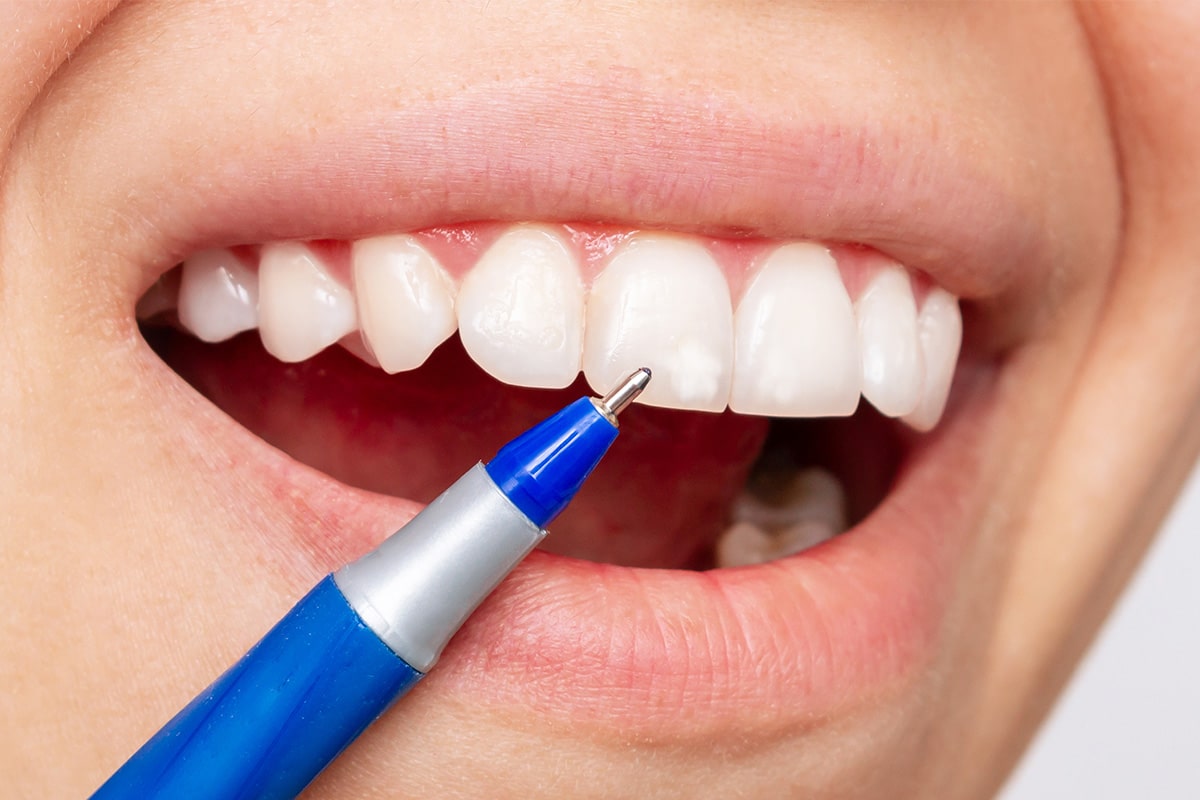
Dental Aberrations Steroid Dehydrogenase Deficiency is a rare genetic disorder that affects the body's ability to produce certain hormones. This condition can lead to various dental issues, including abnormal tooth development and enamel defects. Understanding this deficiency is crucial for managing its symptoms and improving the quality of life for those affected. In this blog post, we will explore 30 fascinating facts about this condition, shedding light on its causes, symptoms, and potential treatments. Whether you're a dental professional, a student, or someone curious about rare genetic disorders, this comprehensive guide will provide valuable insights into Dental Aberrations Steroid Dehydrogenase Deficiency.
Key Takeaways:
- Dental aberrations can cause extra, large, or small teeth, impacting appearance and function. Genetic, environmental, and nutritional factors play a role. Treatment may involve orthodontic intervention for correction.
- Steroid dehydrogenase deficiency affects hormone balance, growth, and development. It can lead to dental and bone health issues. Multidisciplinary care involving endocrinologists and dentists is crucial for management.
Understanding Dental Aberrations
Dental aberrations refer to deviations from normal tooth development, structure, or alignment. These anomalies can affect both the appearance and function of teeth. Here are some intriguing facts about dental aberrations:
-
Supernumerary Teeth: Some individuals develop extra teeth, known as supernumerary teeth. These can appear anywhere in the dental arch and often require removal to prevent crowding.
-
Hypodontia: This condition involves the congenital absence of one or more teeth. It can affect both primary and permanent teeth, leading to gaps and alignment issues.
-
Macrodontia: Teeth that are larger than normal are termed macrodontia. This can cause crowding and aesthetic concerns, often requiring orthodontic treatment.
-
Microdontia: Conversely, microdontia refers to teeth that are smaller than usual. This can result in spacing issues and may necessitate cosmetic procedures.
-
Fusion: Sometimes, two adjacent teeth may fuse together during development, resulting in a single large tooth. This can affect the overall dental structure and alignment.
-
Gemination: Gemination occurs when a single tooth bud attempts to divide, leading to a tooth with two crowns but a single root. This can create a unique appearance and potential spacing problems.
Causes of Dental Aberrations
Various factors can contribute to the development of dental aberrations. Understanding these causes can help in prevention and management.
-
Genetics: Many dental anomalies are hereditary, passed down through generations. Family history plays a significant role in conditions like hypodontia and supernumerary teeth.
-
Environmental Factors: Exposure to certain environmental factors during tooth development, such as radiation or chemicals, can lead to dental aberrations.
-
Nutritional Deficiencies: Lack of essential nutrients, particularly during critical periods of tooth development, can result in anomalies like enamel hypoplasia.
-
Infections: Infections during pregnancy or early childhood can disrupt normal tooth development, leading to various dental anomalies.
-
Trauma: Physical trauma to the mouth or jaw during tooth development can cause deviations in tooth structure or alignment.
Impact of Dental Aberrations
Dental aberrations can have significant effects on both oral health and overall well-being. Here are some ways they can impact individuals:
-
Aesthetic Concerns: Dental anomalies can affect the appearance of teeth, leading to self-esteem issues and social anxiety.
-
Functional Issues: Aberrations like malocclusion or misaligned teeth can interfere with chewing, speaking, and overall oral function.
-
Oral Health Problems: Anomalies can increase the risk of dental caries, periodontal disease, and other oral health issues due to difficulties in maintaining proper hygiene.
-
Orthodontic Treatment: Many dental aberrations require orthodontic intervention to correct alignment and improve function.
-
Speech Impediments: Certain anomalies, such as malocclusion or missing teeth, can affect speech development and clarity.
Steroid Dehydrogenase Deficiency
Steroid dehydrogenase deficiency is a rare genetic disorder that affects the body's ability to produce and regulate certain hormones. This condition can have various implications for health and development.
-
Hormonal Imbalance: The deficiency leads to an imbalance in steroid hormones, which can affect growth, metabolism, and sexual development.
-
Congenital Adrenal Hyperplasia: One form of steroid dehydrogenase deficiency is congenital adrenal hyperplasia, which affects the adrenal glands' ability to produce cortisol and aldosterone.
-
Symptoms: Symptoms can include ambiguous genitalia, early or delayed puberty, and electrolyte imbalances.
-
Diagnosis: Diagnosis typically involves blood tests to measure hormone levels and genetic testing to identify specific mutations.
-
Treatment: Treatment often includes hormone replacement therapy to manage symptoms and maintain normal development.
Connection Between Dental Aberrations and Steroid Dehydrogenase Deficiency
While dental aberrations and steroid dehydrogenase deficiency are distinct conditions, there can be some overlap in their effects on health.
-
Developmental Delays: Both conditions can contribute to developmental delays, affecting physical growth and maturation.
-
Nutritional Impact: Hormonal imbalances from steroid dehydrogenase deficiency can affect appetite and nutrition, potentially influencing dental health.
-
Bone Health: Hormones regulated by steroid dehydrogenase are crucial for bone health, which can indirectly impact dental development and structure.
-
Oral Manifestations: Some individuals with steroid dehydrogenase deficiency may exhibit oral manifestations, such as delayed tooth eruption or enamel defects.
-
Comprehensive Care: Managing both conditions requires a multidisciplinary approach, involving endocrinologists, dentists, and other healthcare professionals.
Interesting Facts About Both Conditions
Here are some additional fascinating facts about dental aberrations and steroid dehydrogenase deficiency:
-
Rare Occurrence: Both conditions are relatively rare, making them subjects of interest for medical research and genetic studies.
-
Genetic Counseling: Families with a history of these conditions may benefit from genetic counseling to understand risks and implications.
-
Research Advances: Ongoing research aims to better understand the genetic and environmental factors contributing to these conditions, leading to improved treatments and outcomes.
-
Support Networks: Support groups and networks exist for individuals and families affected by these conditions, providing resources and community connections.
Final Thoughts on Dental Aberrations and Steroid Dehydrogenase Deficiency
Understanding dental aberrations and steroid dehydrogenase deficiency can help manage these conditions better. Dental aberrations, like misaligned teeth or enamel defects, often need orthodontic treatment or other dental care. Regular dental check-ups and good oral hygiene can prevent many issues.
Steroid dehydrogenase deficiency, a rare genetic disorder, affects hormone production. Symptoms can range from mild to severe, impacting growth, development, and overall health. Early diagnosis and treatment, including hormone replacement therapy, can improve quality of life.
Both conditions highlight the importance of early detection and proper management. Staying informed and seeking professional advice ensures better outcomes. Remember, knowledge is power when dealing with health issues. Keep learning, stay proactive, and consult healthcare professionals for any concerns.
Frequently Asked Questions
Was this page helpful?
Our commitment to delivering trustworthy and engaging content is at the heart of what we do. Each fact on our site is contributed by real users like you, bringing a wealth of diverse insights and information. To ensure the highest standards of accuracy and reliability, our dedicated editors meticulously review each submission. This process guarantees that the facts we share are not only fascinating but also credible. Trust in our commitment to quality and authenticity as you explore and learn with us.


